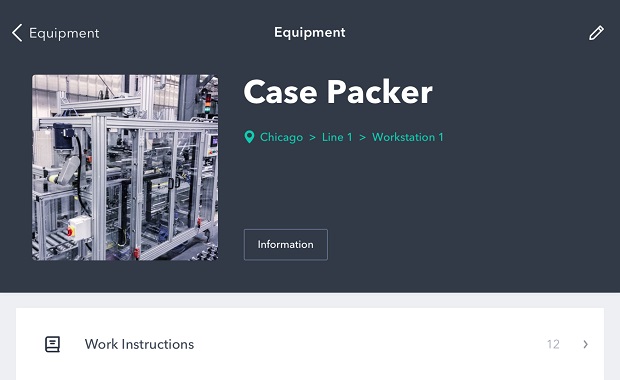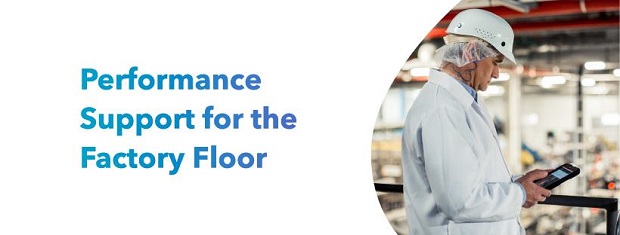Poka is a connected worker app built for manufacturers. It gives factory workers the ability to learn continuously on the job, collaborate to solve problems and share knowledge right from the production floor. With tablets, users can quickly scan QR codes to access a library of digital work instructions, training programs and troubleshooting solutions, as well as share important updates. Here is our recent interview with Alexandre Leclerc, Co-Founder & CEO at Poka:

Q: What is your goal?
A: Our goal is to become the hub for all operational knowledge and collaboration on the factory floor, and as a result, help reduce production inconsistencies and support manufacturing excellence.
Q: How has COVID impacted Poka’s business and your clients?
A: No question, the impact of COVID has been hard for the Poka team and our user community as we all watch the global impact of the pandemic unfold and we adjust to the new constraints on our lives and businesses. At the same time, we’re excited to be a critical part of the response strategies for many of our customers. With physical distancing and work from home measures in place, the importance of having connected, autonomous and empowered workers is even greater. We’ve been hearing from customers how they are using Poka as a safer, more efficient alternative to on-the-job shadowing, in-person meetings and paper forms and documents. Through Poka’s Factory Feed they’re also making sure workers in production have real-time, remote access to experts as issues arise.
 Recommended: Intouch Insight Helps Businesses Collect And Centralize Customer Feedback And Operational Data
Recommended: Intouch Insight Helps Businesses Collect And Centralize Customer Feedback And Operational Data
Q: What is Poka offering to the market that is new or different from other solutions?
A: I come from a manufacturing background and through that experience I’ve become intimately familiar with the realities and challenges of most production environments. With Poka, my co-founder Antoine Bisson and I wanted to build a solution tailored to the needs of manufacturers, and more specifically factory workers.
There are two big differences between Poka and many of the other software solutions you might find in a factory.
First, Poka’s data structure maps to standard manufacturing operations at the plant, production line, workstation, equipment and product level. This ‘turnkey’ capability makes Poka faster to implement, easier to use, and accelerates time to performance.
Secondly, Poka brings together communication, knowledge management, skills management and digital forms into a single solution. The comprehensiveness of the Poka platform makes it easier and more cost-effective to maintain than cobbling separate point solutions. Plus, the seamlessness of the features makes for a better user experience and higher adoption.
Q: What can we expect from Poka in next 12 months?
A: At the end of June 2020, a new version of Poka will be released that includes support for electronic forms. This is a significant addition to the platform that our customers have been requesting for quite some time. We’re excited because it helps our customers build a more sustainable continuous improvement practice – making sure that standard work procedures are followed more consistently, and that any deviations are quickly identified and resolved.
 Recommended: Codesigned Launches Internal Communications Platform – Free For One Year During COVID-19
Recommended: Codesigned Launches Internal Communications Platform – Free For One Year During COVID-19
Q: What’s the best thing about Poka that people might not know about?
A: We often hear companies lament that they struggle to tie KPI improvements to digital transformation efforts. At Poka we are obsessed with understanding, supporting and documenting our customer’s business outcomes tied to using the platform. The good news is, we have great benchmark results from our user community showing significant improvements in core metrics including 8% gain in direct productivity; 9% reduction in waste; and 20% reduction in costs.
Last Updated on August 30, 2020

